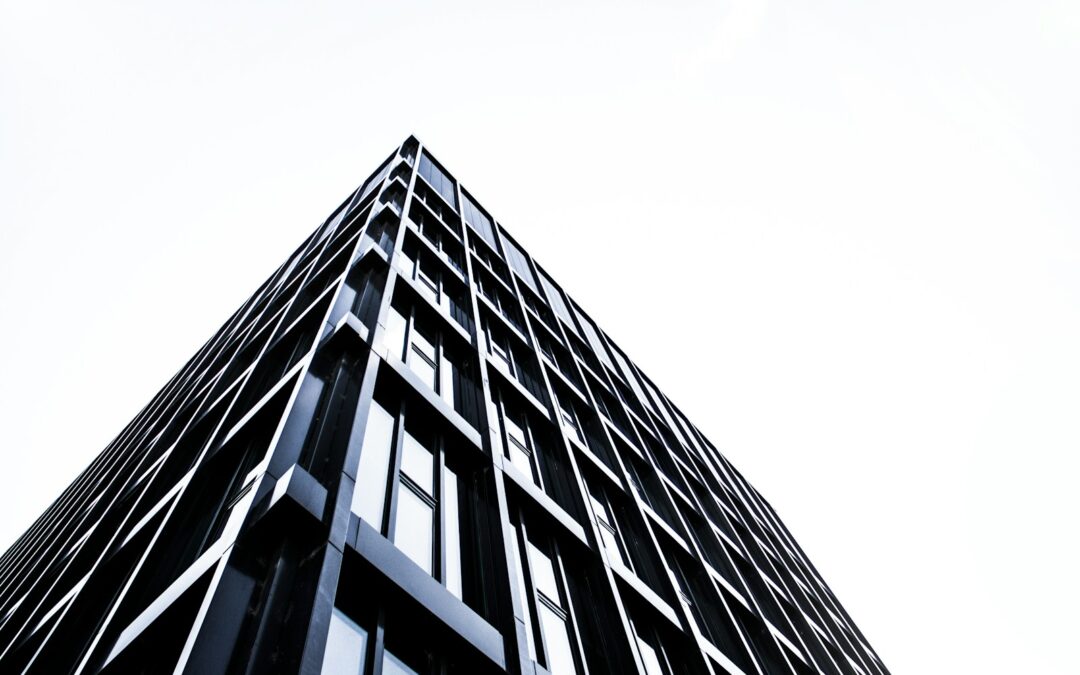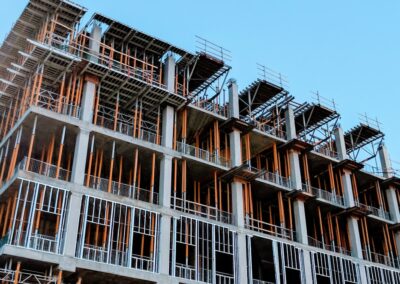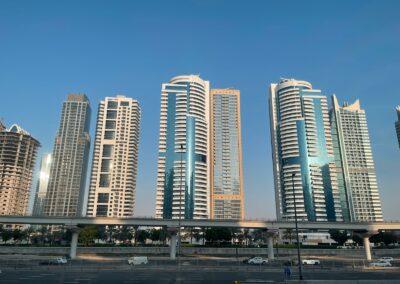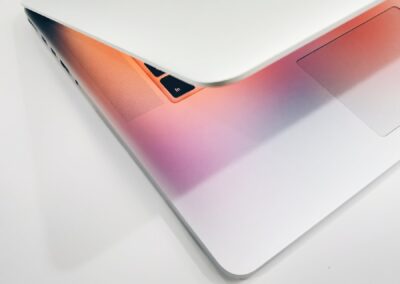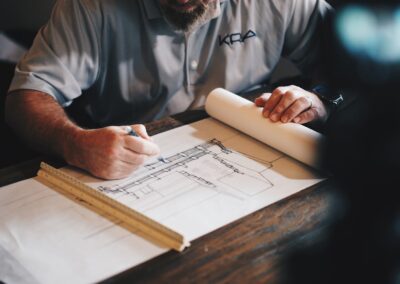The Future of Construction: Merging BIM and Digital Twins
The Power of Integrating BIM with Digital Twins
Integrating BIM with digital twins is revolutionizing the construction industry by enhancing the design and performance of building systems and infrastructure. Building Information Modeling (BIM) provides a detailed 3D model of the building’s physical and functional characteristics, while digital twins create a dynamic, real-time simulation of the building’s operations. Together, they offer unprecedented insights and control over the construction and maintenance processes.
In regions like Saudi Arabia and the UAE, where ambitious construction projects are commonplace, the combination of BIM and digital twins is particularly impactful. In Riyadh, this integration has been employed in several large-scale projects, enabling more precise planning and execution. The real-time data from digital twins allows for continuous monitoring and adjustments, ensuring that the construction adheres to the highest standards of quality and efficiency.
Similarly, in Dubai, known for its cutting-edge architecture and rapid urban development, BIM and digital twins are being utilized to optimize resource allocation, streamline workflows, and reduce waste. This integration not only improves the construction phase but also enhances the building’s long-term performance and sustainability, aligning with Dubai’s vision of becoming a smart city.
Enhancing Design and Performance with Real-Time Data
The integration of BIM with digital twins significantly enhances the design and performance of building systems. BIM provides a comprehensive blueprint, while digital twins offer real-time data and analytics, allowing for ongoing optimization. This dynamic interaction facilitates better decision-making and problem-solving throughout the building’s lifecycle.
In the UAE, integrating BIM with digital twins has proven beneficial in managing the complex logistics of mega-projects. For instance, the continuous flow of data from digital twins enables project managers to monitor and adjust the building systems in real-time, ensuring optimal performance and preventing potential issues before they arise. This proactive approach minimizes downtime and enhances the overall efficiency of the building systems.
In Saudi Arabia, the use of BIM and digital twins in infrastructure projects, such as transportation networks and utilities, has led to significant improvements in design accuracy and operational performance. By simulating various scenarios and analyzing real-time data, engineers can identify and address potential bottlenecks and inefficiencies, leading to more resilient and adaptable infrastructure systems.
Optimizing Resource Allocation and Reducing Waste
One of the most significant benefits of integrating BIM with digital twins is the optimization of resource allocation and reduction of waste. Real-time data from digital twins provides detailed insights into the use of materials, labor, and equipment, enabling project managers to make informed decisions that enhance efficiency and sustainability.
In Riyadh, this integration has been instrumental in large-scale residential and commercial projects. By monitoring resource usage in real-time, project managers can adjust procurement and deployment strategies, reducing excess and ensuring that resources are used efficiently. This approach not only reduces costs but also minimizes the environmental impact of construction activities.
Dubai’s construction industry has also benefited from the integration of BIM and digital twins, particularly in terms of sustainability. By using real-time data to optimize energy consumption and waste management, projects can achieve higher standards of environmental performance. This aligns with Dubai’s commitment to sustainable development and its goal of becoming one of the world’s most sustainable cities.
Conclusion
In conclusion, the integration of BIM with digital twins represents a significant advancement in the construction industry, offering numerous benefits in terms of design optimization, performance enhancement, resource allocation, and waste reduction. Case studies from Saudi Arabia and the UAE highlight the transformative impact of this technology, demonstrating its potential to improve the efficiency, sustainability, and resilience of building systems and infrastructure. As the construction industry continues to evolve, the integration of BIM and digital twins will play a crucial role in shaping the future of urban development and smart cities.
#BIM #DigitalTwins #ConstructionInnovation #SmartCities #SustainableDevelopment #ArtificialIntelligence #ModernTechnology #SaudiArabia #UAE #Riyadh #Dubai #ProjectManagement #Leadership #BusinessSuccess

